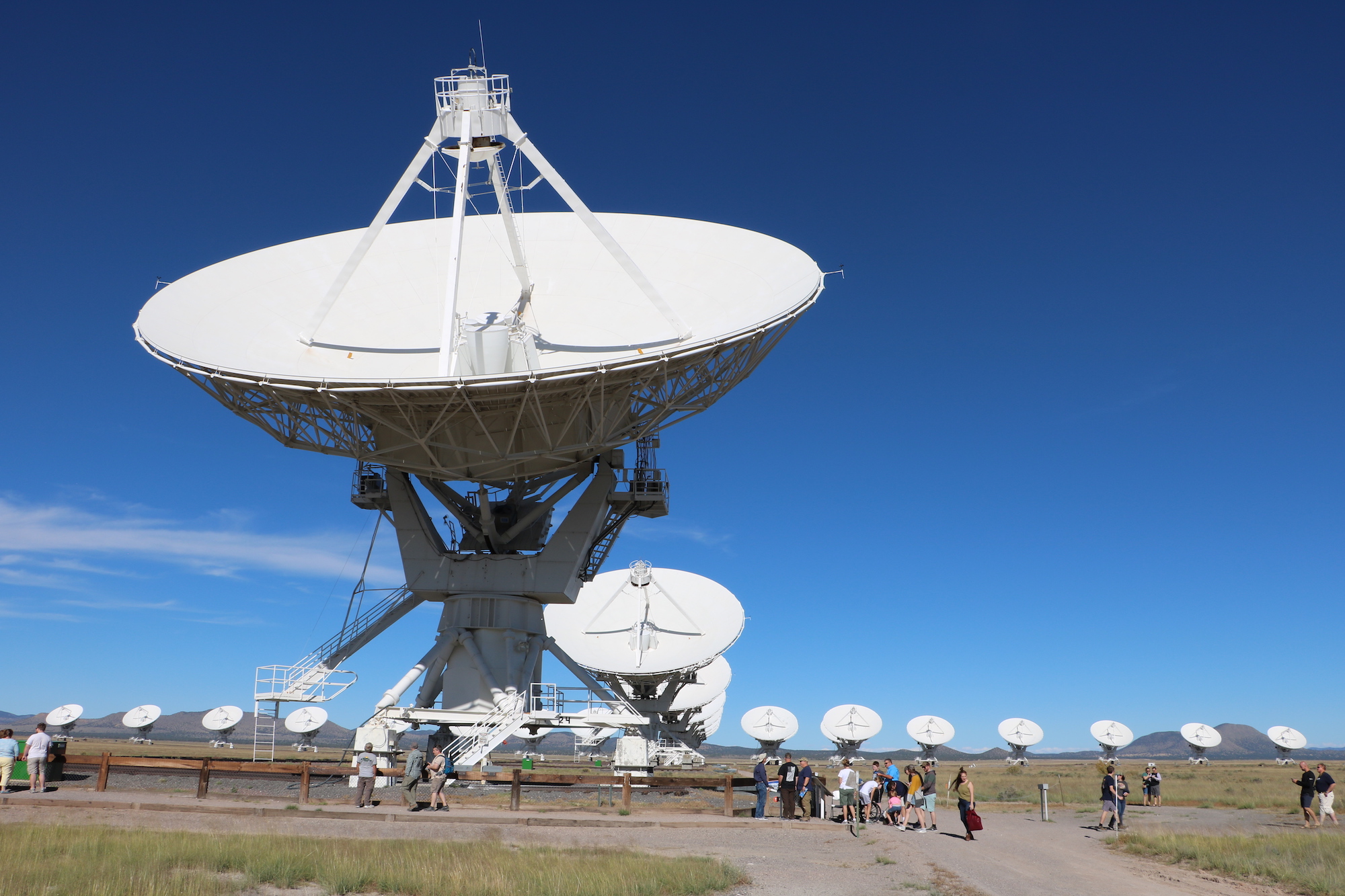Building a Radio Interferometer at Home

Question:
Hey Jeff, thanks for taking the time to work on this “Ask an Astronomer” section for us all.
I believe I’ve got enough of a unique situation to justify asking my own, but please point me in the right direction if I’ve overlooked some other writing you’ve done here.
I’ve put together a basic 1420 MHz dish, and am getting the hang of recording data with it. My intention is to create a map of hydrogen density in the sky, potentially gathering precise enough data to do a doppler-shift calculation, calibrating/comparing to the existing data out there from more powerful telescopes. This will be a fun challenge, and I have enough resources at hand that it shouldn’t prove too difficult.
My main question is: what happens when I turn this system into an interferometer? I could setup a baseline of 100s of meters, with 2-6 dishes, fairly readily. Using the Earth’s rotation and aimed at the zenith, though, I’m not sure what math tools/software to use to predict/reconstruct my map of the sky in this way. I can calculate what my angular resolution would be, but this isn’t a 1:1 relation to the ‘pixel’ of data captured by the lone dish. I’ve begun to wrangle the basics of interferometry, and I know how to do the math, but I need some guidance I think. I know this is a lot so maybe continuing via email would be beneficial, if that would be ok.
Thanks so much!!!
Answer:
I think that you will find it informative to read the detailed description of a 400MHz radio interferometer build by Jim Abshier of the University Lowbrow Astronomers. The description of this interferometer should give you the information you need to turn your single antenna system into an interferometer.





